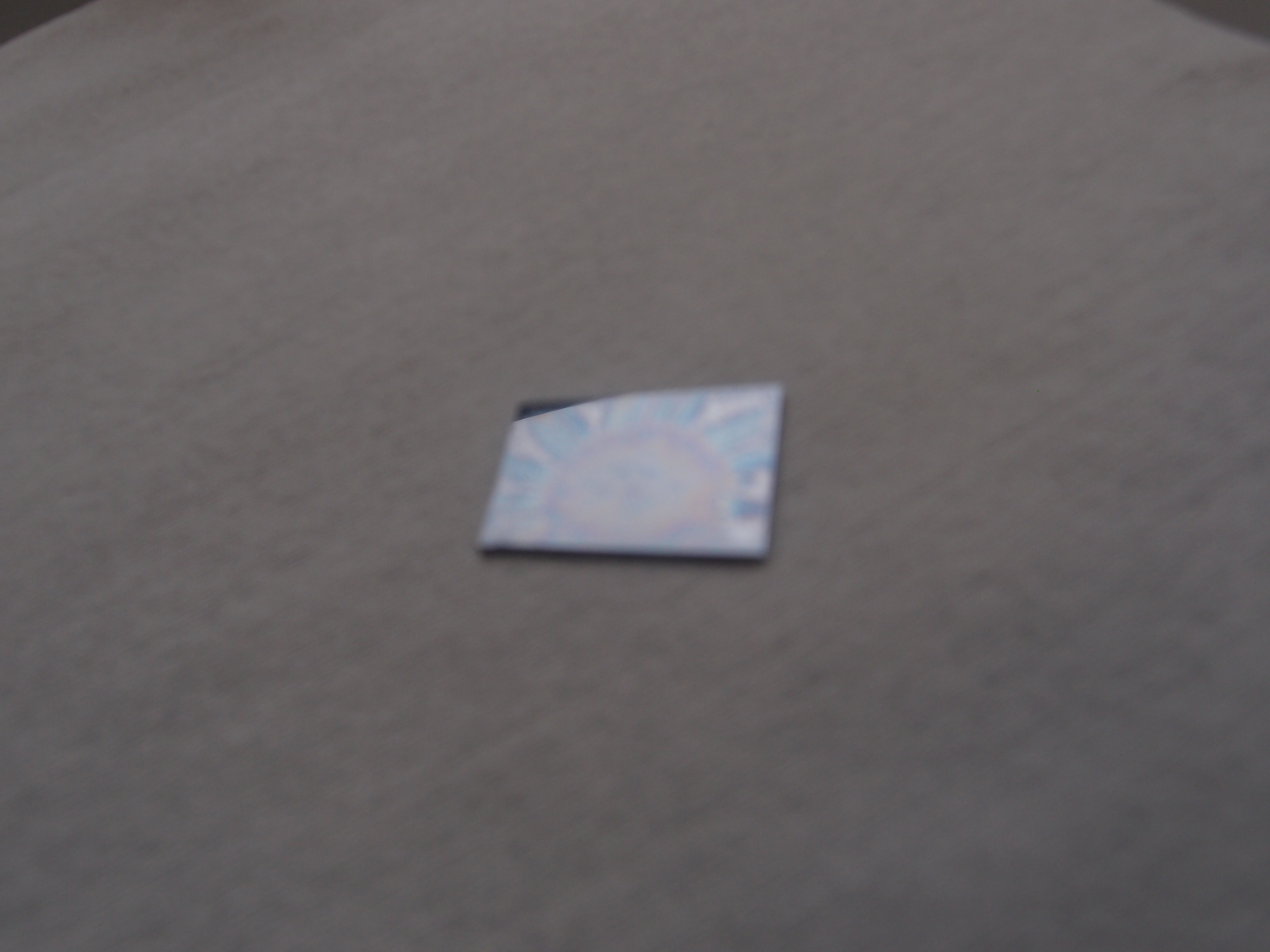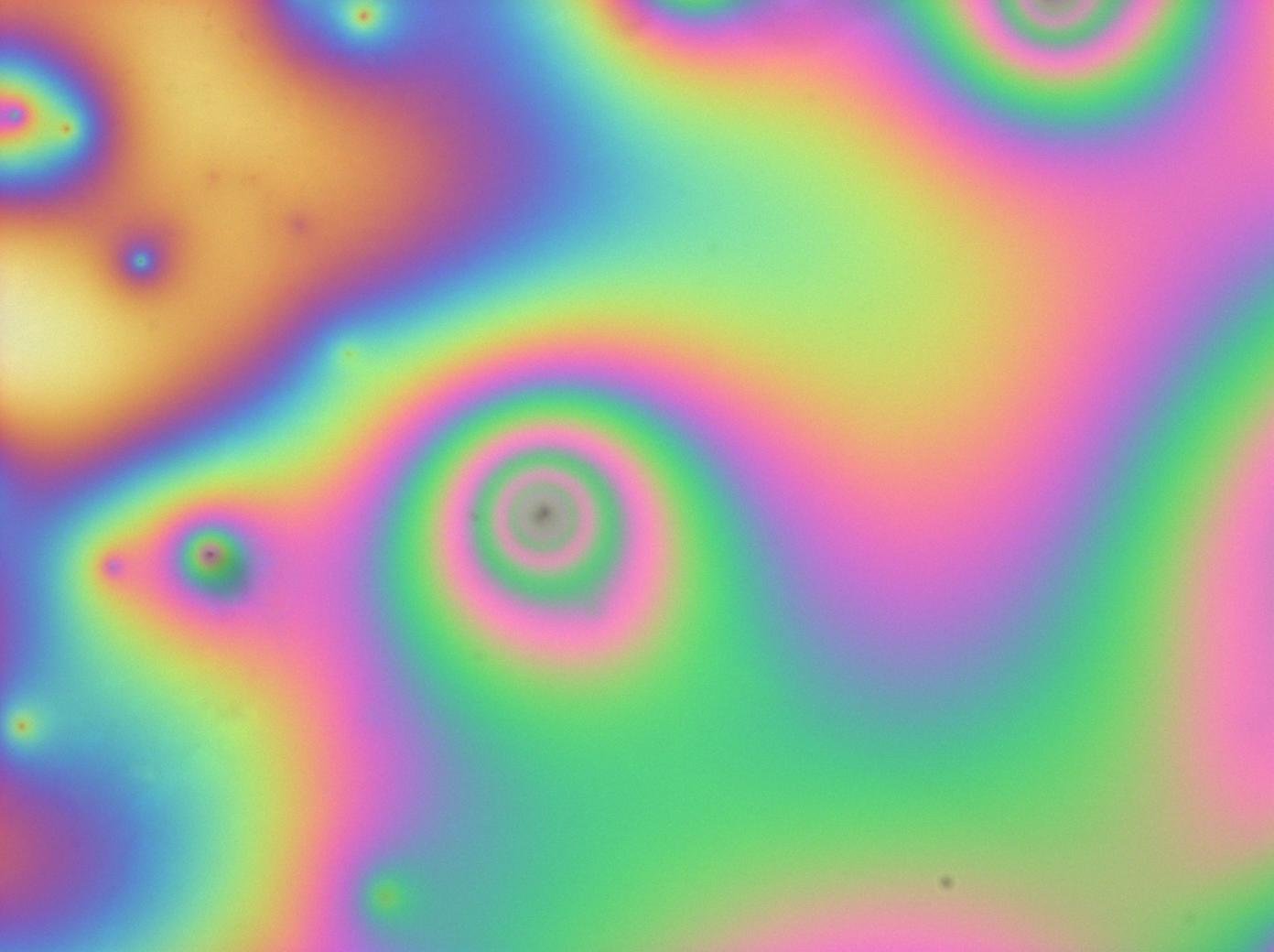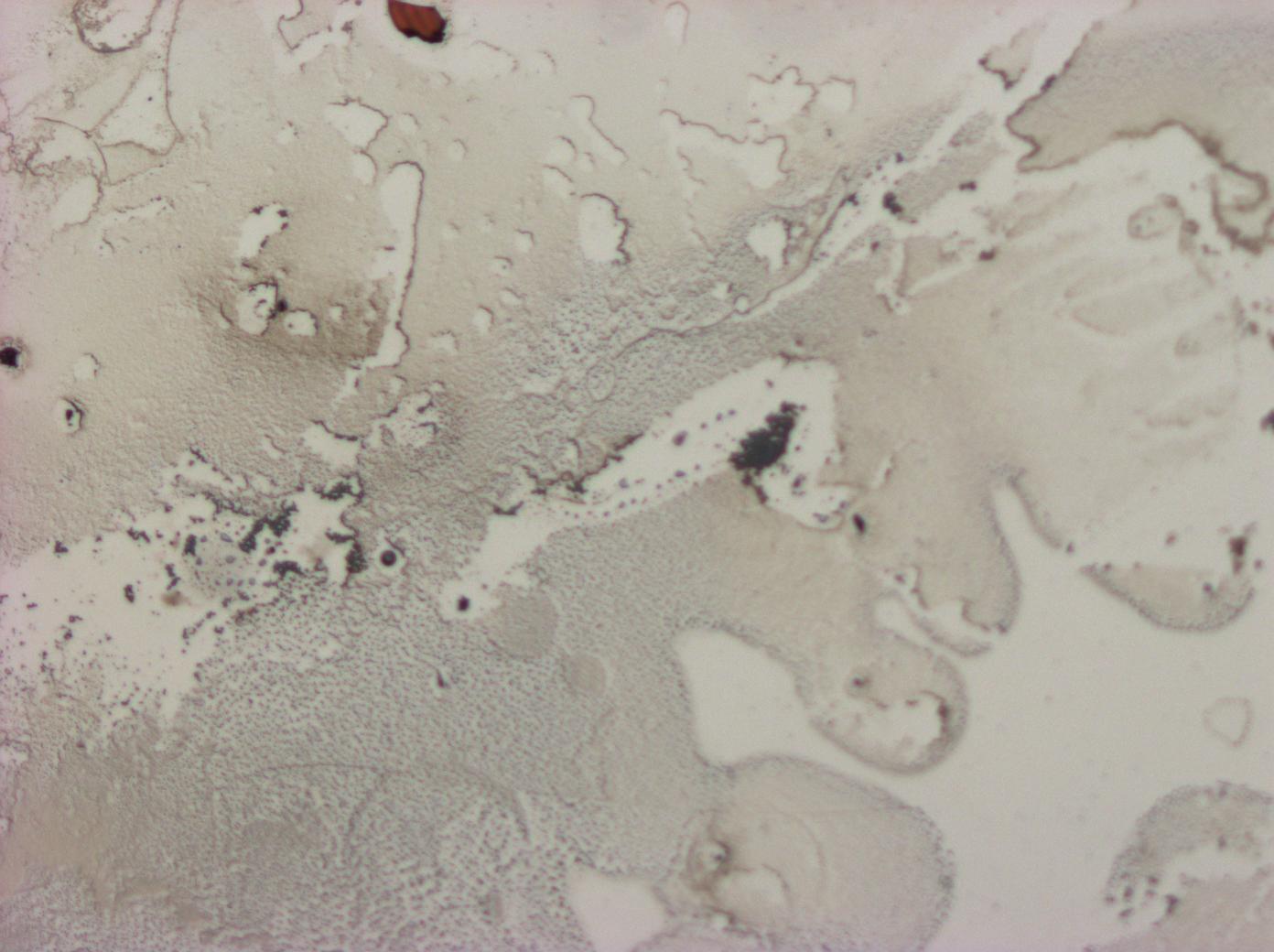Team:Cambridge/Experiments/Reflectin Thin Films I
From 2011.igem.org
(Difference between revisions)
(→Practice) |
(→Practice) |
||
| Line 5: | Line 5: | ||
==Practice== | ==Practice== | ||
| - | *Silicon wafers were [ | + | *Silicon wafers were [https://2011.igem.org/Team:Cambridge/Protocols/Substrate_Preparation_for_Flow_Coating_and_Spin_Coating prepared] for use as a substrate for our thin films. |
*Reflectin pellets obtained via our [https://2011.igem.org/Team:Cambridge/Experiments/Protein_Purification first protein purification protocol] were resuspended in HFIP before being [[Team:Cambridge/Protocols/Spin_Coating| spincoated]] or [[ Team:Cambridge/Protocols/Flow_coating | flowcoated]] onto the wafers. | *Reflectin pellets obtained via our [https://2011.igem.org/Team:Cambridge/Experiments/Protein_Purification first protein purification protocol] were resuspended in HFIP before being [[Team:Cambridge/Protocols/Spin_Coating| spincoated]] or [[ Team:Cambridge/Protocols/Flow_coating | flowcoated]] onto the wafers. | ||
Revision as of 12:19, 30 August 2011
Loading...
Contents |
Reflectin Thin Films I
The aim of these experiments was to reproduce the flowcoating experiments reported in the literature and pioneer spincoating techniques in addition to performing controls to confirm that any properties of the films made were due to reflectin and not the solvent used in the preparation of the films.
Practice
- Silicon wafers were prepared for use as a substrate for our thin films.
- Reflectin pellets obtained via our first protein purification protocol were resuspended in HFIP before being spincoated or flowcoated onto the wafers.
Results
Observations
- The bright colours of our first reflectin thin films indicate that we had obtained a thin film of high refractive index, as we would expect if our pellets did indeed contain a large amount of reflectin.
- Unfortunately, the colours were far from uniform.
- Dark objects can be seen in the centre of the regions that vary most in colour. This suggests the presence of impurities and diffuse scattering of light. The interference rings suggests the height of the thin film is varying around these impurities.
- As a control we prepared an HFIP (solvent) only thin film. This produced a predominantly colourless, dirty smear, indicating that HFIP alone could not account for the vibrancy of the thin films we obtained using reflectin pellets. The dirtiness does however suggest that the impurity of the solvent used could have been a major cause of non-uniformity
Summary
- The first thin films exhibits thin film interference effects which are not due to the solvent.
- To further investigate the production of more uniform thin films we altered the protocols we were using by namely;
- Removal of insoluble impurities in reflectin solution by centrifugation
- Reduced spin time from 3000rpm for 1min to 3000rpm for 30s
- Use CO2 pressure wash not O2 plasma for finer cleaning
- A further control with BSA (Bovine Serum Albumin) to test if the effects were unique to reflectin, or a feature of any proteinaceous thin film. (See Reflectin Thin Films II for more details)
Safety
- Safety considerations for the substrate preparation, flowcoating and spincoating techniques can be found on the relevant protocol pages.
- In general labcoat, safety glasses and nitrile safety gloves were worn throughout these three procedures, and all activities took place in the fume hood, except preparation of the silicon substrate.
 "
"



